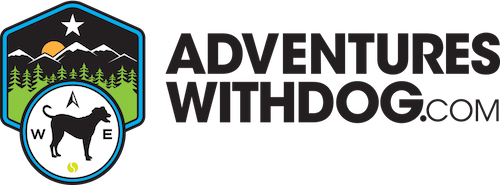On our way to explore the Dome Plateau off road trail outside of Moab, Utah we saw this old, substantially destroyed bridge and decided to go take a look.

We drove to both ends of the bridge and explored a bit. The south side of the bridge is accessed by turning right off the highway and onto the dirt road immediately before you cross the modern bridge while the north side can be accessed turning right off the highway and onto the dirt road immediately after you cross the modern bridge. Easy. We eventually found a plaque at the south end informing us that this is/was the Old Dewey Bridge.

Built by the Midland Bridge Company of Kansas City, Missouri the plaque told of some design criteria and milestones in the bridge’s history. It was originally designed to support the total weight of 6 horses, 3 wagons and an additional 9000 pounds of freight. It was the only Colorado River crossing on Route 128 until the new bridge was built a mere couple hundred feet to the west in 1988.

Built in 1916, at 500 feet in length it was Utah’s longest suspension and clear span bridge and the 2nd longest west of the Mississippi. It was added to the National Register of Historic Places in 1984. Since the new bridge had been built it had sat unused and deteriorating. In 2000 an extensive labor of love restoration was undertaken by a group including the Utah Department of Parks, Recreation and Trails, the Utah Historical Society, the Colorado Plateau-Bike Trail Association and many others supported by the grants and endowments of dozens of foundations and the donations of hundreds of individuals. At the time of its refurbishment it was made a part of the Kokopelli bike trail
The plaque leaves out the sad detail that on April 6th, 2008 an unsupervised young boy playing with matches at the nearby Dewey Bridge campground started a brush fire which spread to the bridge (and substantially farther) destroying the planks of the recently refurbished bridge.




This little side trip took all of 30 minutes and was well worth it. Interesting site and structure from both a historical and structural aspect.
Seek and you shall find. Explore and you shall learn.
